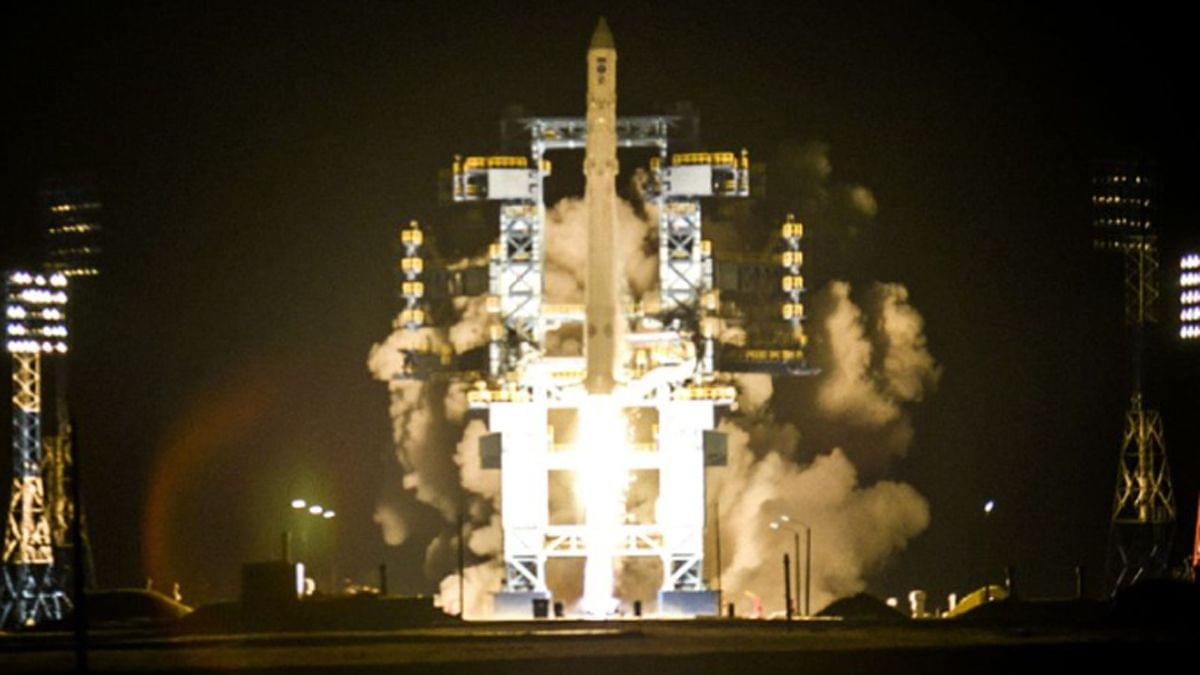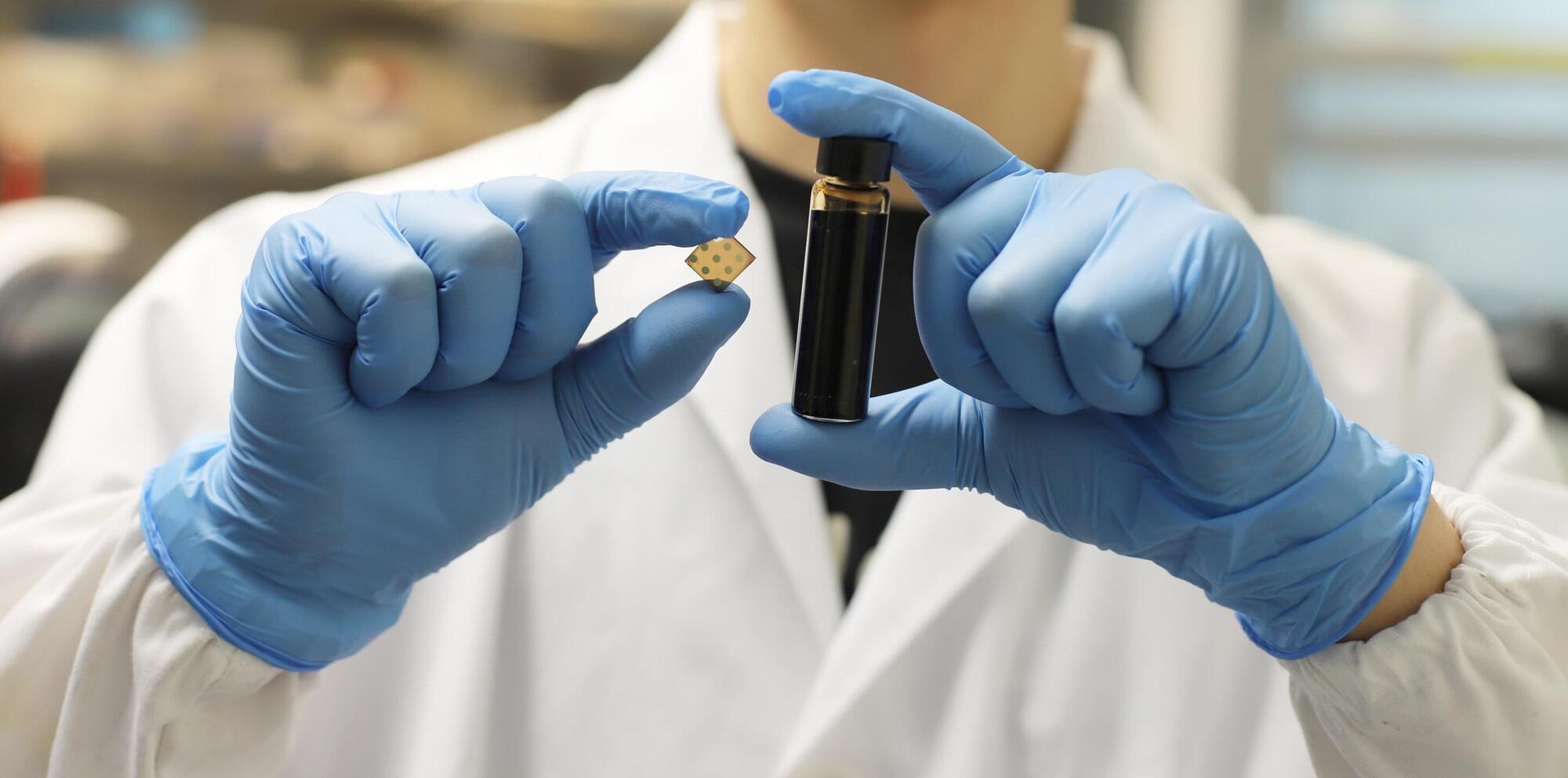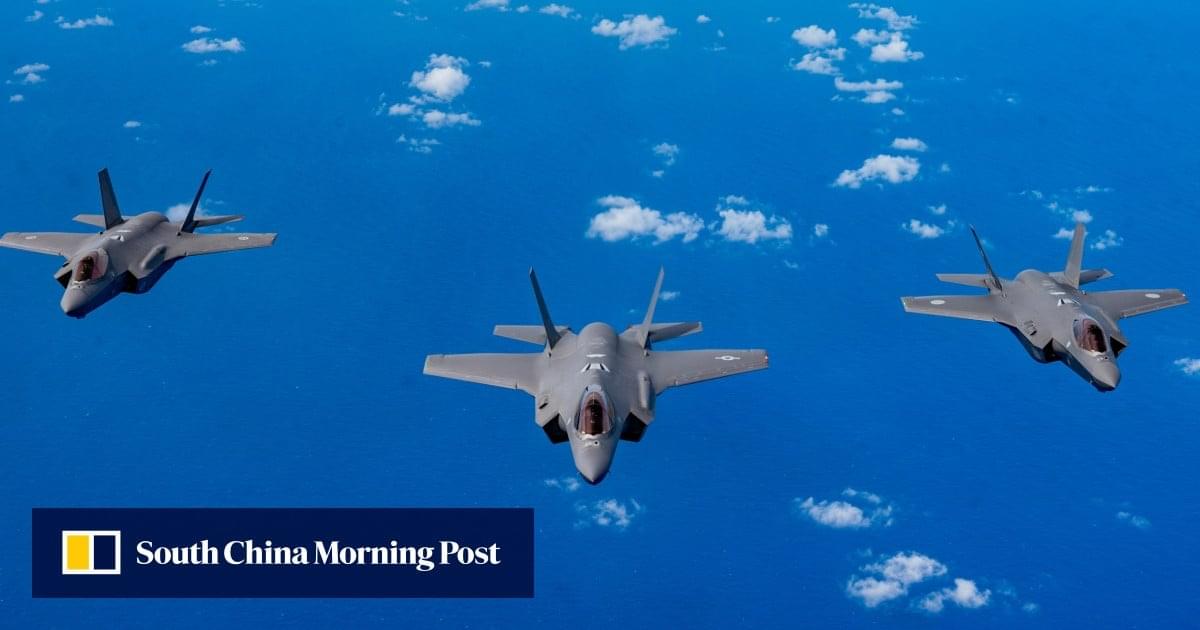Johns Hopkins APL researchers have leveraged cutting-edge additive manufacturing techniques and shape memory alloys to create an antenna that can change its shape — and offers a range of potential commercial, military and scientific applications.
Category: military – Page 13

A Review of US Army Research Contributing to Cognitive Enhancement …
Found on Google from link.springer.com



Infrared heavy-metal-free quantum dots deliver sensitive and fast sensors for eye-safe LIDAR applications
The frequency regime lying in the shortwave infrared (SWIR) has very unique properties that make it ideal for several applications, such as being less affected by atmospheric scattering as well as being “eye-safe.” These include Light Detection and Ranging (LIDAR), a method for determining ranges and distances using lasers, space localization and mapping, adverse weather imaging for surveillance and automotive safety, environmental monitoring, and many others.
However, SWIR light is currently confined to niche areas, like scientific instrumentation and military use, mainly because SWIR photodetectors rely on expensive and difficult-to-manufacture materials. In the past few years, colloidal quantum dots —solution-processed semiconducting nanocrystals—have emerged as an alternative for mainstream consumer electronics.
While toxic heavy-metals (like lead or mercury) have typically been used, quantum dots can also be made with environmentally friendly materials such as silver telluride (Ag2Te). In fact, silver telluride colloidal quantum dots show device performance comparable to their toxic counterparts. But they are still in their infancy, and several challenges must be addressed before they can be used in practical applications.


DARPA adds 18 companies to spooky science Quantum Benchmarking Initiative
“No two ways about it,” Altepeter told Breaking Defense today. “The number of companies that we’re announcing is a surprise to me. I did not expect we would get this many.”
For the winning teams, the value of QBI is not just the money. Indeed, first-round grants like those being announced today have typically been under $1 million — small change not just for the Pentagon but for tech firms and venture capitalists already investing billions into quantum ventures. We suggested everybody apply for a million, [but] some people came in and said they were going to do it for less, Altepeter said.
The unique value of a QBI award is that it gives the winning companies access to a DARPA-led team of quantum experts, pulled from both US government labs, including the famous Los Alamos, and federally funded research institutions. Their job is to act as independent testers, fresh eyes, and devil’s advocates, rigorously scrutinizing each participant’s quantum strategy.
The Billionaire Building America’s AI Military
Peter H. Diamandis
U.S. Air Force revealed 2 Landing Pad for Starship Military Missions
🚀 Q: What key capabilities must SpaceX perfect for Earth-to-Earth transportation? A: SpaceX must master in-space engine relight, Mechazilla catch system landings, and re-entry with V2 upgrades including improved flaps and heat shields for extreme conditions.
🛬 Q: How many Starship landing pads is the US Air Force planning to build? A: The USAF plans to construct two landing pads on Johnston Island, with potential for more in the future, emphasizing goals of high launch frequencies and seamless point-to-point transport.
HUGE Breakthrough! AI Just Invented the Strongest Light Material on Earth!
What if we told you AI just created the strongest light material known to humanity? This groundbreaking discovery could revolutionize everything from aerospace to everyday tech. In this video, we break down how artificial intelligence engineered this ultra-light, ultra-strong material—and why it changes the game forever.
Scientists have long searched for the perfect balance of strength and weight, and now, AI has cracked the code. Using advanced algorithms, researchers developed a material that’s lighter than carbon fiber but stronger than steel. Imagine planes, cars, and even buildings becoming more efficient and durable than ever before.
We’ll explore how this AI-designed material works, its potential real-world applications, and what it means for the future of engineering. From military tech to consumer products, this innovation could redefine entire industries. The best part? This is just the beginning of AI-driven material science breakthroughs.
How was this material invented? What makes it so strong yet so light? How will this impact future technology? Can AI design even better materials? This video answers all these questions and more. Don’t miss out on the science behind the next big leap in material engineering—watch now!
#ai.
#artificialintelligence.
#ainews.
*******************